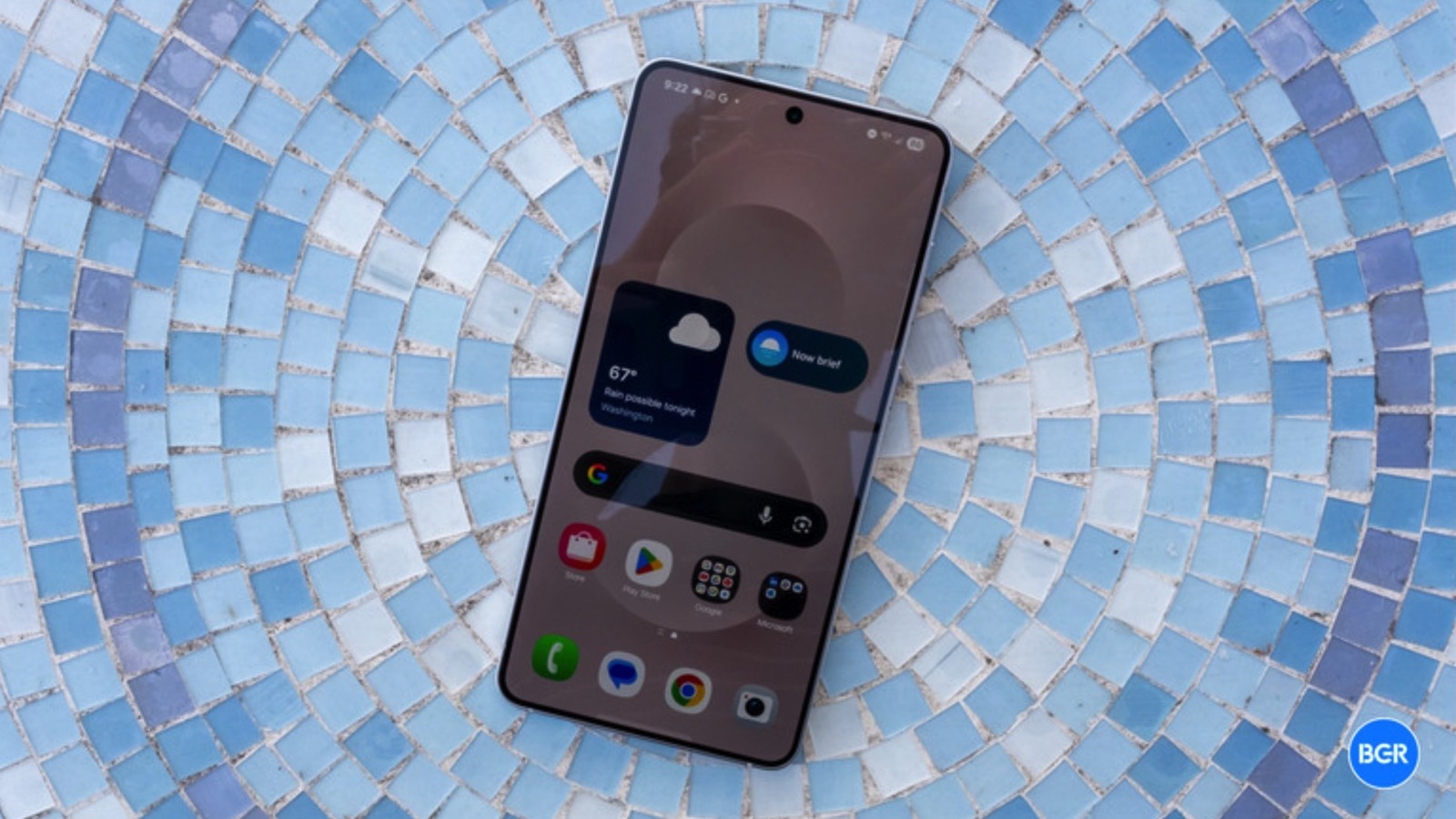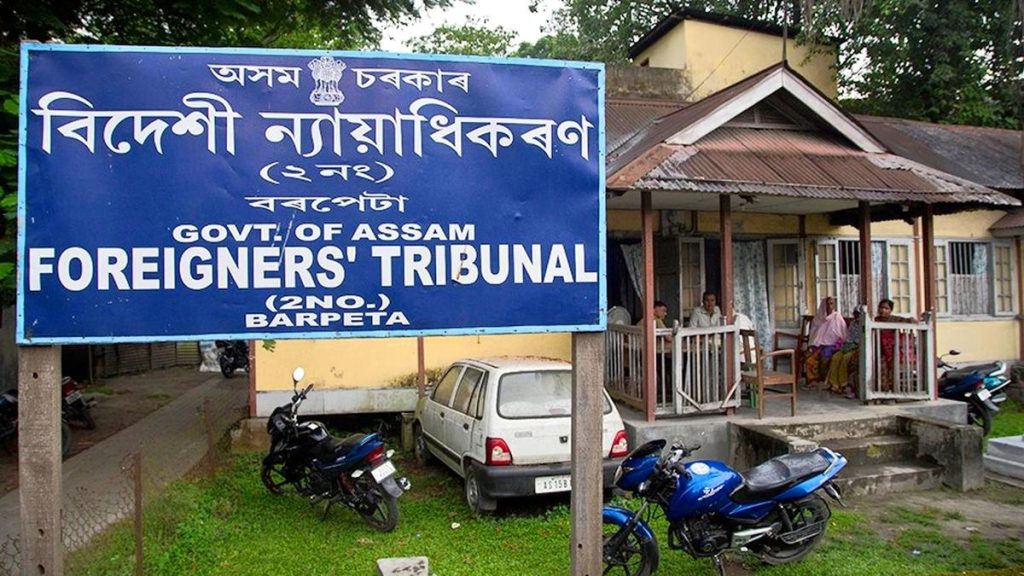Now Reading: Will the Galaxy S26 Edge Solve the iPhone 17 Air’s Key Flaw?
-
01
Will the Galaxy S26 Edge Solve the iPhone 17 Air’s Key Flaw?
Will the Galaxy S26 Edge Solve the iPhone 17 Air’s Key Flaw?

Quick summary
- The iPhone 17 Air, set to launch in september, is Apple’s thinnest-ever iPhone at just 5.5 mm thick, thinner than Samsung’s Galaxy S25 Edge (5.8 mm thick).
- Design sacrifices for ultra-thinness include smaller battery capacity (2,800 mAh), reduced camera lenses, and removal of the physical SIM tray. Battery concerns are high despite promises of efficiency from iOS 26 and AI features.
- In comparison, Samsung’s upcoming Galaxy S26 Edge will reportedly have a thinner profile than the S25 Edge while featuring superior battery life powered by new material technology.
- Silicon-carbon batteries from Chinese manufacturers are being featured in flagship models like Honor Magic V5 but unconfirmed for Samsung Galaxy S26 Edge.
- Faster charging speeds may help mitigate battery anxiety; however, Apple has been slower to adopt rapid charging compared to rivals offering speeds exceeding 45W.
Images:
Indian Opinion Analysis
The push towards ultra-thin smartphone designs reflects ongoing innovation in global consumer technology but raises critical questions about balancing sleek aesthetics with functional priorities such as adequate battery life. For Indian consumers-many of whom rely heavily on smartphones for prolonged daily connectivity-a smaller battery could undermine usability despite promises of efficiency enhancements through software optimizations like iOS AI systems.
Additionally, India’s status as a significant market for flagship devices positions it to benefit from advancements destined for products like silicon-carbon batteries if manufacturers achieve scale efficiently over time. However, faster-adoption challeng . User high-charging..
—
Link:::


























